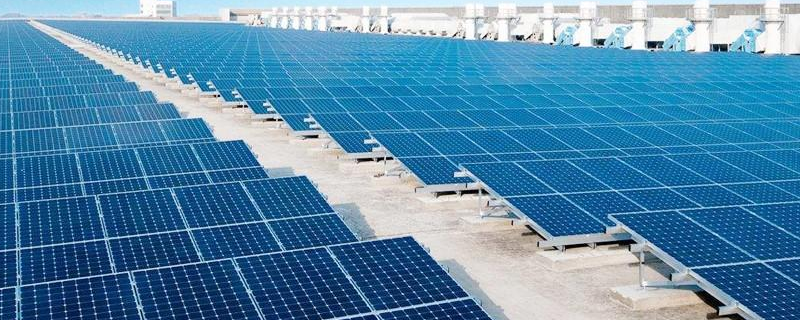

The Emergence of Low-E Glass in China A Step Toward Energy Efficiency
In recent years, the demand for energy-efficient building materials has surged globally, and China is no exception. Among these materials, Low-E (Low Emissivity) glass has gained significant traction, offering an innovative solution to enhance energy efficiency in residential and commercial buildings. This article explores the growing significance of Low-E glass in China, its benefits, and the driving forces behind its adoption.
Understanding Low-E Glass
Low-E glass is a type of energy-efficient glass that has a special coating to reflect infrared radiation while allowing visible light to pass through. This unique property helps keep buildings warm in the winter and cool in the summer, thereby reducing the need for heating and cooling systems. The application of Low-E glass has profound implications for energy consumption and carbon emissions, making it an essential component in China’s commitment to sustainable construction.
A Shift Towards Energy Efficiency
China is facing significant environmental challenges, including air pollution and energy consumption rates that contribute to global warming. In response, the Chinese government has implemented various policies to promote energy-saving technologies in the construction industry. As part of its 14th Five-Year Plan, China aims to reduce energy consumption per unit of GDP while simultaneously increasing the use of renewable energy sources. Low-E glass fits seamlessly into this vision, offering an effective means to improve energy efficiency in buildings.
Benefits of Low-E Glass
The benefits of Low-E glass extend far beyond energy savings. Firstly, it contributes to a more comfortable indoor environment by regulating temperature fluctuations. As a result, occupants experience less discomfort from excessive heat or cold, ultimately enhancing the quality of life. Furthermore, Low-E glass helps reduce glare and provides a clearer view without compromising privacy, making it an attractive choice for both residential and commercial applications.

Additionally, the long-term financial benefits of using Low-E glass are significant. While the upfront cost of Low-E glazing can be higher than conventional glass, the savings garnered from reduced energy bills often outweigh initial expenditures. Studies indicate that Low-E glass can reduce a building's heating and cooling costs by 30-50%, highlighting its potential for substantial financial savings over time.
Market Dynamics and Growth Drivers
China’s glass manufacturing industry is evolving rapidly, with Low-E glass production on the rise. Major manufacturers are investing heavily in advanced technologies to enhance the efficiency and performance of Low-E products. As awareness of the environmental impact of building materials grows, both consumers and businesses are increasingly opting for energy-efficient solutions, making Low-E glass a popular choice.
Moreover, the Chinese government is actively promoting green building standards through initiatives such as the Green Building Evaluation Label, which encourages the use of sustainable materials, including Low-E glass. This regulatory framework not only fosters market growth but also encourages innovation within the industry.
The Future of Low-E Glass in China
As urbanization continues to escalate in China, the need for sustainable construction becomes even more urgent. Low-E glass represents a key innovative solution in addressing the challenges of energy efficiency and environmental protection. With the ongoing support of government policies and the growing awareness among consumers and businesses, the future of Low-E glass in China's construction sector looks promising.
In conclusion, the rise of Low-E glass in China is a testament to the country’s commitment to energy efficiency and sustainability. By integrating this technology into building designs, China is steering towards a greener future, where energy consumption is minimized, and environmental impacts are significantly reduced. As the market for Low-E glass continues to expand, it will undoubtedly play a crucial role in shaping the landscape of modern architecture in China.